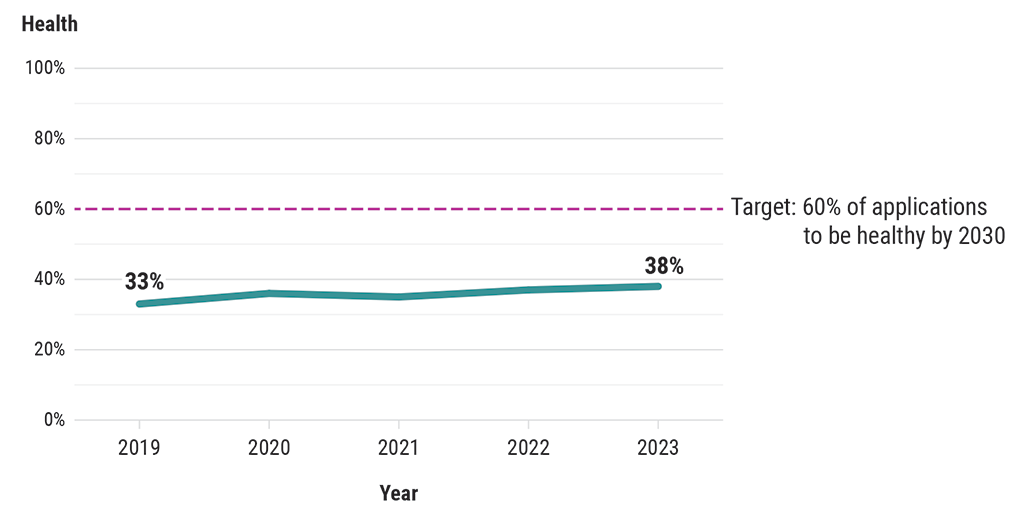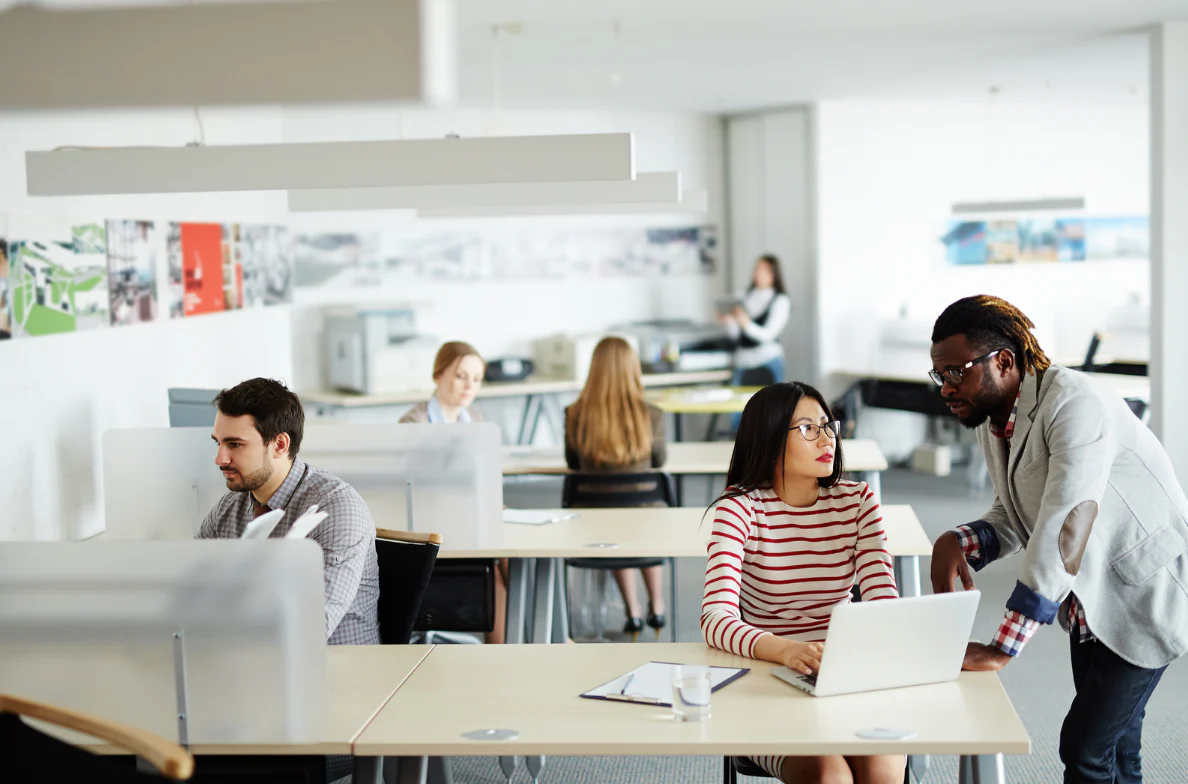Dominira Saul, co-founder, DFFRNT
The revelations of the Auditor General’s report on IT modernization in the Government of Canada should not have been a revelation to anyone who has worked on federal digital initiatives.
The report found two-thirds of the departments’ and agencies’ applications were in poor health and in critical need of modernization. It cites a lack of leadership and support by the Treasury Board Secretariat and Shared Services Canada as one of the reasons.
The report was a hot topic at our stand-up meeting the next day. What we found surprising is the scale of the modernization challenge. The number of applications remaining to be updated is staggering.
We have worked on service design and digital transformation with many government departments, so we have first-hand knowledge of the outdated systems referred to in the report, but the scope of this crisis was unexpected.
After reading the report, our concerns are:
- The lack of support and oversight for modernization projects,
- The workplace culture which rewards the wrong deliverables,
- The reluctance to use available resources, i.e., the plethora of UX, CX and digital transformation experts who call Ottawa home.
Modernization and transformation are not solely an IT function, and they are not the core competency of many federal departments and agencies. TBS and Shared Services should be the ones leading that transition.
Companies like DFFRNT could help, but systemic barriers hinder the procurement of expert services related to UX, CX and digital transformation for federal projects. We find ourselves jumping through hoops caused by outdated procurement systems that struggle to define what we do, in order to offer our services to fix outdated systems. It’s exhausting.
How much more could the government achieve if those responsible for digital transformation and modernization had a culture rooted in human-centred design, if they truly valued user-centricity and if they were not afraid to experiment with low-fidelity prototypes?
Canada is missing out on the benefits of digital transformation. We are falling behind other nations. Our citizens are not being served as well as they should because we have not modernized the government systems.
Digital transformation should be transformative
Digital transformation is more complicated than just updating software and hardware. That lesson was clear from the Phoenix pay system debacle.
Hardware and software are a large part of any digital transformation, but user experience should be a priority as well. The new solutions brought about by modernization should better serve users and fit their mental models.
Some of the systems due for modernization at the federal level are internal systems used only by government personnel. These systems are constrained by rules and policies that exist only within the bubble of the federal government infrastructure.
Despite those constraints, they should not be out of touch with similar systems used by the private sector or the general public. Yet, in many cases, they are.
Big-picture design thinkers will help government IT systems and services align with user needs and find solutions that serve both the organization and the users.
A culture change is overdue
Reading the Auditor General’s report, there is a clear concern that public service executives have chosen to measure the success of digital projects by their adherence to budgets and schedules instead of measuring the quality of service, efficiency and effectiveness. “Time to market acceptance needs to replace time to market. Nobody wants or deserves to engage with a system that is poorly designed and lacks key functionality!”
Because the focus of modernization and digital transformation is on IT systems, people tend to think the solution is technological. But technologies are just the building blocks, the bricks. Blaming bricks is pointless. The failure to effectively modernize is not even the fault of the bricklayers. We know many talented people who work in IT for the federal government. There are excellent developers and business analysts. -There is not enough time spent on problem definition and proper requirement gathering.
The problems with digital transformation and modernization within the Government of Canada derive from a culture that rewards the wrong deliverables.
Consider this quote from the Auditor General’s report: “In our 2018 report on building and implementing the Phoenix pay system, we found that project executives prioritized meeting project schedules and budgets over other critical elements, such as functionality and security.”
If your project team abandons functionality targets, something is seriously off with your organizational culture. “The operation was a success, but the patient died.” :-)))
That’s where DFFRNT and other user experience experts can help.
The user is forgotten again
Whenever there’s a sense of urgency or budget constraints on a digital project, what gets dropped? User needs. It seems inevitable. As a project progresses, budgets and schedules get squeezed, and the quality of deliverables is sacrificed. The AG report succinctly captures this phenomenon in this infographic describing how projects begin vs. how they end.
Following this typical progression, you end up with a digital product or service of lesser quality that doesn’t meet the user’s requirements. We see this so often on large, complex digital projects – those in charge abandon some of the project goals in order to meet deadlines. The result is botched implementations and sub-standard services. The Phoenix pay system and the U.S. government’s healthcare.gov initiative are some of the more spectacular examples.
How many times do we need to learn this lesson? 2100 more times? (That’s the number of active IT modernization projects underway at the time of the Auditor General’s investigation in May 2023.)
The report cites agency officials’ “limited exposure and experience” as a factor in the lacklustre oversight of modernization projects. There is a solution to that problem: use outside expertise. All kinds of us UX, CX and design professionals are available, especially in Ottawa.
In response to the AG’s report, the Treasury Board Secretariat said, “This work is currently being advanced as quickly as possible…” But clearly, it’s not quickly enough. We can’t continue to serve Canadians on antiquated systems, crossing our fingers and hoping that nothing critical fails.




